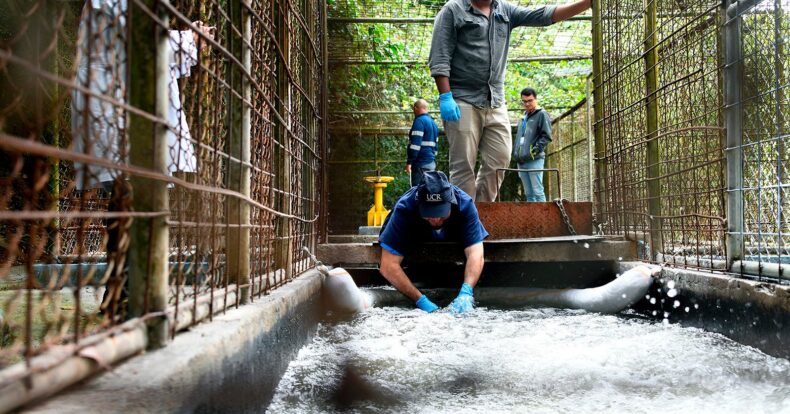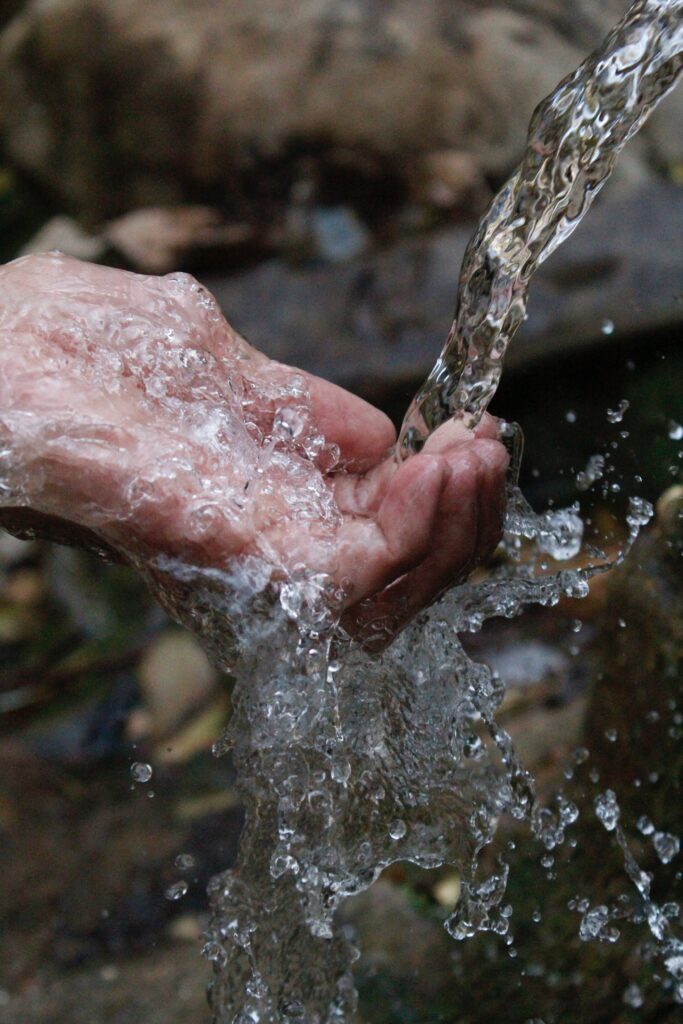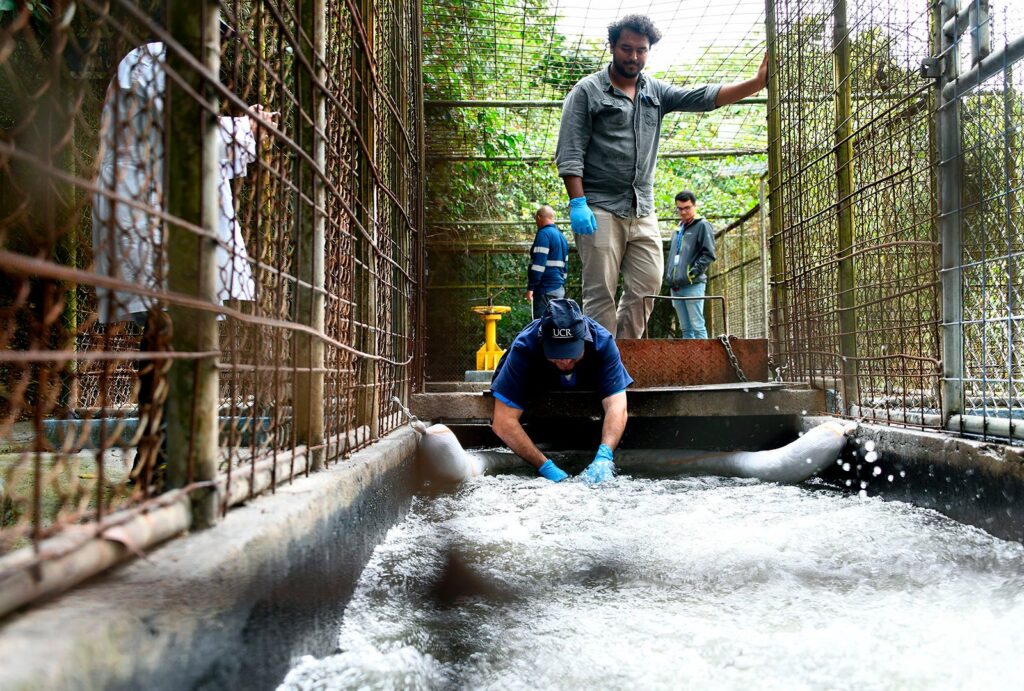Unlocking the Mystery: UCR Research Centers Identify Xylene as a Contaminant

The University of Costa Rica has issued an official statement confirming that xylene is the component responsible for the water pollution affecting several areas of San José. This conclusion stems from extensive research conducted by leading research centers, including the Center for Research in Electrochemistry and Chemical Energy (CELEQ), the Center for Research in Natural Products (CIPRONA), the Center for Research in Environmental Contamination (CICA) and the Center for Research in Materials Science and Engineering (CICIMA).
The Xylene, Responsible for the Water Crisis in Several Areas of San José
Xylene, a diluent commonly used in industrial processes, has been identified as the key contaminant in the water supply. Although research is ongoing, experts have shared preliminary data that shed light on the nature of this substance.
Significantly, xylene is not classified as toxic, but it can be harmful and cause symptoms such as dizziness and vomiting. In the human body, the substance can persist for up to 18 hours.
First, reports of a gasoline-like smell and taste emerged last week in areas such as Moravia, Goicoechea and Tibás, later spreading to districts in Montes de Oca and the central canton of San José. For the moment, the authorities did not provide specific details, but AyA confirmed the presence of hydrocarbons in low concentrations on Thursday.



As a response to the potential risks associated with contaminated water, measures such as the distribution of water by tanker trucks and the cleaning of reservoirs were implemented. Also, other supply reservoirs were interconnected to the network, causing temporary water cuts in unaffected areas to supply the affected areas.
Despite the efforts, the results have not yet been satisfactory. Experts say that, according to ongoing research, the contaminant tends to dissipate, making the water increasingly safe for consumption.
How Does Water Pollution Affect Costa Rica?
Some xylenes, identified as the responsible hydrocarbons, were discovered in the water intake of Quebrada Honda 2, belonging to Acueductos y Alcantarillados (AyA). The analysis revealed traces of the three types of xylenes: meta-xylene, ortho-xylene and para-xylene.
Although the International Agency for Research on Cancer does not consider xylene to be carcinogenic, UCR experts warn of possible damage to the skin and respiratory tract if inhaled. Besides, it can cause stomach upset if ingested in considerable quantities.
Researchers do not know how the xylenes got into the water and are conducting investigations to determine the causes. Several possibilities are mentioned, from solvent discharges by people to industrial releases. Authorities have identified Quebrada Honda 2 as the source of contamination, but continue to investigate the extent of the public health impact.
Sensorial Sunsets
Navigate articles





